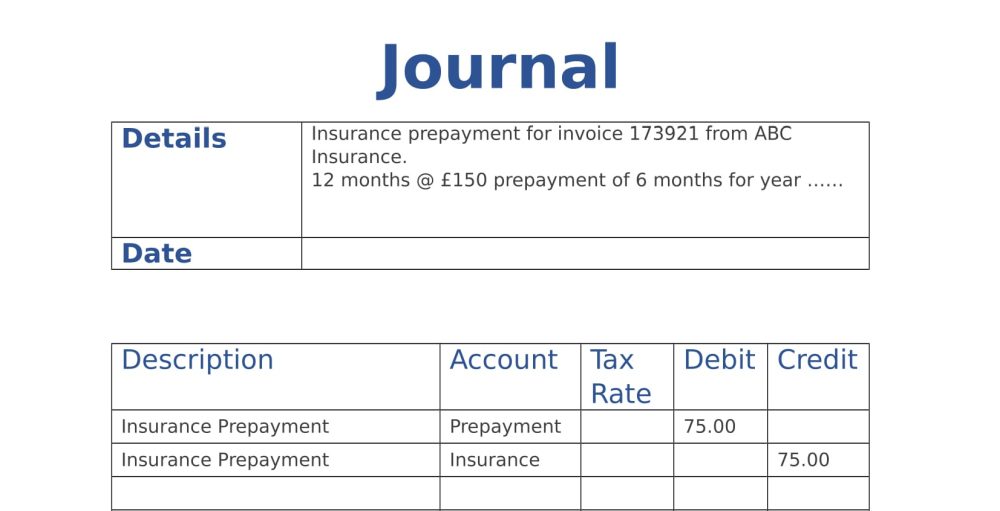
This falling trend in the accounts payable turnover ratio may indicate that your company is not able to pay its short-term debt, and is facing a financial crunch. In order to figure out the accounts payable turnover ratio, you’ll first need to calculate the total purchases made from your suppliers. These purchases are made during the period for which you need to measure the accounts payable turnover ratio. At this point, the accounts payable liability is reduced, and the amount is credited to the vendor’s bank account via ACH, check, or wire transfer. If the purchase made from the vendor is for a service, the expense will be debited against the relevant expenses account. If a department requires legal or consultancy services on credit from a vendor, this type of entry is added to the ledger.
Paying an invoice
This is in line with accrual accounting, where expenses are recognized when incurred rather than when cash changes hands. For example, imagine a business gets a $500 invoice for office supplies. When the AP department receives the invoice, it records a $500 credit in accounts payable and a $500 debit to office supply expense. At the corporate level, AP refers to short-term payments due to suppliers. The payable is essentially a short-term IOU from one business to another business or entity. The other party would record the transaction as an increase to its accounts receivable in the same amount.
Components Of Accounts Payable Journal Entry
Ineffective accounts payable management can lead to invoices not being processed on time, or losing out on the opportunity to utilize discounts. You can calculate the accounts payable by generating accounts payable aging summary report, if you are using QuickBooks Online Accounting Software. This report provides a summary of all the accounts payable balances, and also lets you know about the balances that are overdue for payment.
What Are the Responsibilities of Accounts Payable Manager?
Assume, for example, that Acme Manufacturing needs to order a $10,000 piece of machinery. Before the order is placed, the plant manager must complete a PO, which lists the machinery’s price and other details. Here in this example, the CDE company saved 40 dollars by making an early payment. As a result, the balances are moving in the opposite direction than was intended, potentially making the business look more in debt than it is. Whether it’s a date, amount, or description, these have a waterfall effect that can lead to duplicate entries and inaccurate balances.

When you purchase goods or services on credit, those amounts go into accounts payable until you settle the debt. Managing accounts payable efficiently ensures you maintain good relationships with your vendors and avoid late fees. The next important step after recording the expense is making purchase invoice payment.
Inventory or purchase
On the flip side, accounts receivable is the money owed to your business by customers. When you provide goods or services on credit, the amounts due are recorded in accounts receivable until you receive payment. Keeping a close eye on accounts receivable helps you ensure timely payments from customers, which is vital for maintaining a healthy cash flow. Accounts payable is the money your business owes to suppliers or vendors.
When one company transacts with another on credit, one will record an entry to accounts payable on their books while the other records an entry to accounts receivable. Management can use AP to manipulate the company’s cash flow to a certain extent. For example, if management wants to increase cash reserves for a certain period, they can extend the time the business takes to pay all outstanding accounts in AP. You’ll need to ensure that a centralized invoice processing system is in place. Your business must focus on optimizing its accounts payable to free up working capital in order to enhance business growth.
When a company acquires goods on credit, it must create an expense in the books. However, it also increases liabilities until the company repays the supplier. Overall, the journal entry for accounts reduce your taxable income payable for credit purchases is as follows. Accounts payable (A/P) or payables are the amount the company owes to its suppliers for the goods delivered or services provided by the suppliers.
- An incorrectly recorded purchase transaction might hurt the financial status of the business.
- Usually, it involves repaying the supplier at a future point in time.
- Further, accounts receivable are recorded as current assets in your company’s balance sheet.
- Yes, accounts payable journal entries can be reversed, especially if there are errors or if the liability is no longer valid.
Companies mostly find it convenient to record an accounts payable liability when they actually receive the goods. However, in certain situations, the title to goods passes to the buyer before the physical delivery is taken by him. In such situations, the liability should be recorded at the time of passage of title.
In other words, you should make an AP journal entry whenever your AP account balance changes. Similarly, it’s easy to make a mistake when marking which account a payment came from, especially if payments come from multiple bank accounts or credit cards. The crediting and debiting of each account negates any change in balance between the two transactions. Between the purchase and payment, the credits and debits offset each other and the balance is reduced to zero.